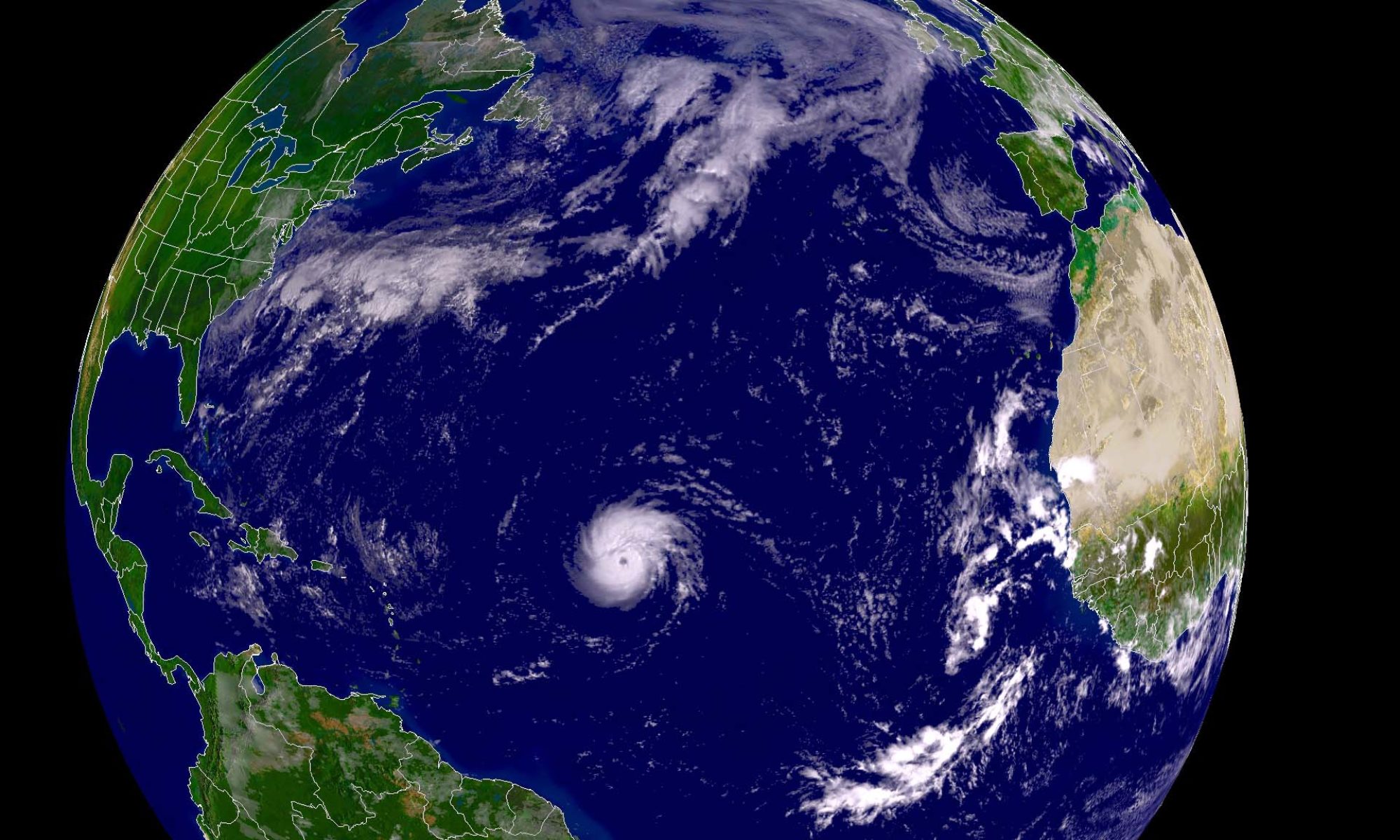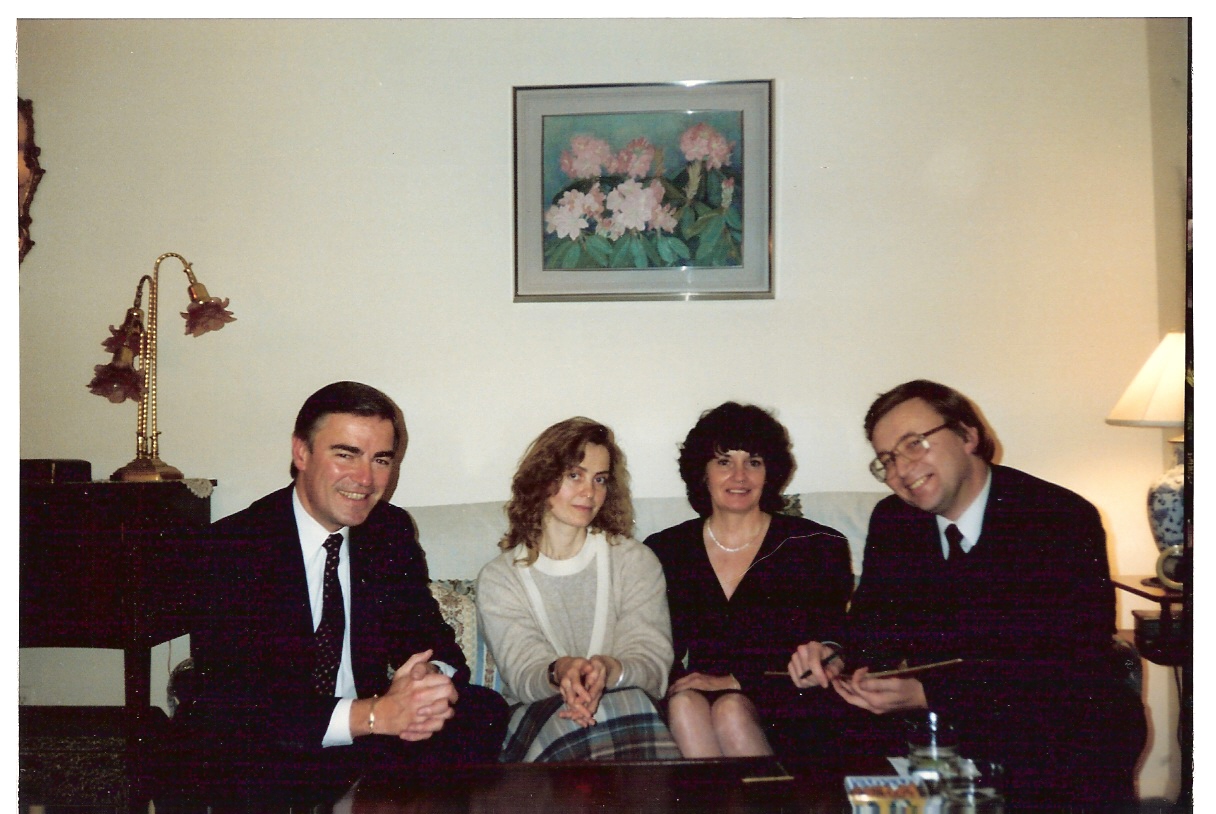By Akio Matsumura
Read in Japanese, Spanish, German, French and Russian.
We continue to post the opinions of many international scientists on the potential global catastrophe that would result from the collapse of Reactor 4 at Fukushima Dai-ichi. The message now is simple and clear—Japan’s government will not act; it is the United States who must step forward—yet no action has been taken.
I was amazed when I heard that one million Japanese had read our article that introduces Ambassador Mitsuhei Murata’s courageous appeal at the public hearing of the House of Councilors of Japan and Robert Alvarez’s famous figure that there is 85 times greater Cesium-137 at Fukushima than at Chernobyl accident. People from 176 nations have visited our blog and Ambassador Murata and Robert Alvarez have been quoted in online and print media in many of them. Despite this global attention, the Japanese government seems to be further from taking action to deal with the growing dangers of Fukushima Dai-ichi. In April I flew to Japan to meet with government and opposition party leaders to convey how dangerous the situation is. Ambassador Murata and I met with Mr. Fujimura, Chief Cabinet Secretary, who assured us he would convey our message to Prime Minister Noda before his departure for Washington to meet with President Obama on April 30. It was to our great disappointment that the idea of an independent assessment team and international technical support for the disaster were not mentioned publicly. I was also astonished to hear that many Japanese political leaders were not aware of the potential global catastrophe because they were not told anything about it by TEPCO.… Continue reading





